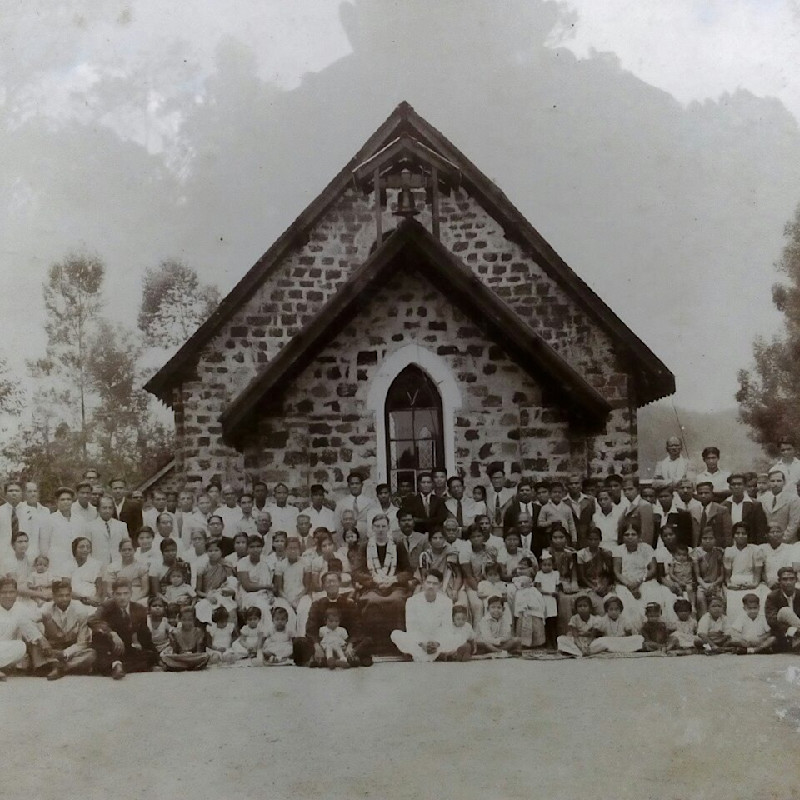
St. Leonard’s Road, Ragala
Date of Consecration: 13 June 1887
The origins of Christ Church Ragala are deeply intertwined with the early history of the hill country plantations. When the British introduced coffee cultivation to Sri Lanka in the 1820s, they brought with them not only new economic ventures but also Christianity. As estate superintendents settled in the region, they soon recognised the need for a common place to worship and share the Gospel with workers on the estates.
In the early days, prayer meetings and services were held in coffee stores, schools, and centrally located bungalows. The Tamil Church Mission (TCM) played an active role during this period, reaching out to Tamil-speaking plantation workers. Chaplains visited the plantations periodically, facing many challenges due to poor roads and limited means of communication. Despite these difficulties, their zeal and perseverance bore fruit — the number of converts to Christianity began to grow, and the need for dedicated places of worship became clear.
By the 1870s, churches had been established in places such as Lindula and Dickoya, marking the first wave of organised Christian worship in the region. With the subsequent development of plantations in Ragala and Uda Pussellawa, and the growth of a strong Christian community, the call for a church in Ragala became urgent.
In response, Mr. G.A. Dick generously donated a block of land and took on the responsibility of building the church. Historical records note contributions from the local community as well — a kangany (supervisor) gave Rs. 100, and an estate medical assistant donated Rs. 60 towards the construction. Against the backdrop of a national economic crisis and the collapse of the coffee industry, which led to widespread unemployment and the closure of many churches, this act of faith was especially significant.
Nonetheless, Christ Church Ragala was consecrated on 13th June 1887, standing as a beacon of hope and resilience. The later introduction of the tea industry ushered in a new era of prosperity. With renewed strength, the church expanded its outreach to estate workers and staff, who formed the core of the congregation.
In tandem with spiritual growth, the church also supported educational efforts. Christian schools were established across several estates, including Delmar, Ragala Alanwick, Tullos, Allagalla, Bramly, and Gordon, further deepening the church’s impact on the community.
Today, Christ Church Ragala remains a powerful symbol of faith, perseverance, and service — a lasting legacy of those who carried the Gospel to the heart of the hill country.
This content was originally shared by Sukumar Shan on the Facebook group “Sri Lankan Planters (SLP) Official FB Page,” reminiscing about the golden era of Sri Lankan tea and plantations during the colonial period.

